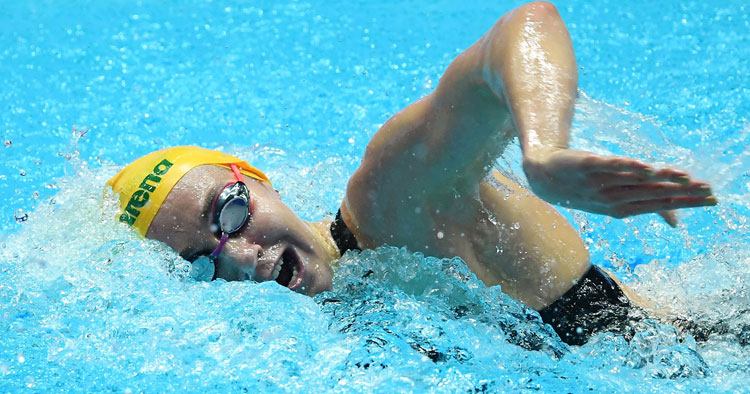Muscle Pain and Tendinopathy, Sports Injuries and Management
Swimmer’s Shoulder
What Is Swimmer’s Shoulder?
Swimmer’s shoulder is a term used to refer to the development of shoulder pain in high volume and competitive swimmers and it encompasses a number of conditions occurring as the result of a large volume of swimming training. Swimming as an exercise requires several different shoulder motions depending on the specific stroke being performed. Circumduction motions of the shoulder in both a clockwise (backstroke) and counter-clockwise (freestyle and butterfly) direction with varying degrees of internal and external rotation of the shoulder as well as varying degrees of scapular protraction and retraction are used during the different swimming strokes.
With swimming the shoulder is put under considerable strain by performing these large shoulder joint motions and with regular prolonged training the shoulder is pushed to fatigue, overloading many tissues in and around the shoulder joint. This combination of swimming strokes necessitating the use of a large range of motion at the shoulder joint coupled with high training loads and the potential for stabilising muscle fatigue can consequently lead to the development of impingement, labral injuries, biceps tendon and rotator cuff injury all coming under the blanket of “swimmer’s shoulder”.
Caused More By Repetition Than Trauma
As an overuse injury swimmer’s shoulder is caused more from repetition than any specific event. Given that competitive swimmers can ultimately train for multiple hours a day, day after day, it is easy to see why the shoulder is the most common site of “injury” in competitive swimmers and is a relatively common complaint treated by physiotherapist.
Given that the term swimmer’s shoulder could be considered somewhat a blanket term covering a number of different conditions in the shoulder involving structures both locally in the joint and around the “shoulder complex” the pain associated with swimmer’s shoulder doesn’t have a set location. Therefore varied pain presentations may occur despite a diagnosis of swimmer’s shoulder being given and this therefore obviously implies that there is no one set approach to treatment as it will clear depend on what is considered to be the main source of symptoms, the athletes necessary upcoming swimming loads and their capacity to rest as well as their underlying shoulder, trunk posture, movement, strength…
Common signs and symptoms associated with swimmer’s shoulder
In our Sydney and Randwick physio practices swimmer’s shoulder is a relatively common complaint our physio team treat and some of the common presentation signs include:
- Catches of pain with movement above shoulder height, or when reaching across the body
- Clicking of the shoulder that may be associated with/without pain
- Poor scapular posture and scapular biomechanics
- Muscle strength imbalances around the shoulder and shoulder blade
- Hypermobility and/or joint mobility imbalances around the shoulder complex
If you suspect you have swimming related shoulder pain then book in with one of our physio team and we will be happy to assess you shoulder, discuss your training demands and set up a plan to get you swimming pain free again.
Disclaimer: Sydney Physio Clinic does not endorse any treatments, procedures, products mentioned. This information is provided as an educational service and is not intended to serve as medical advice. Anyone seeking specific advice or assistance regarding Swimmer’s Shoulder should consult his or her general practitioner, sports medicine specialist, or physiotherapist.


